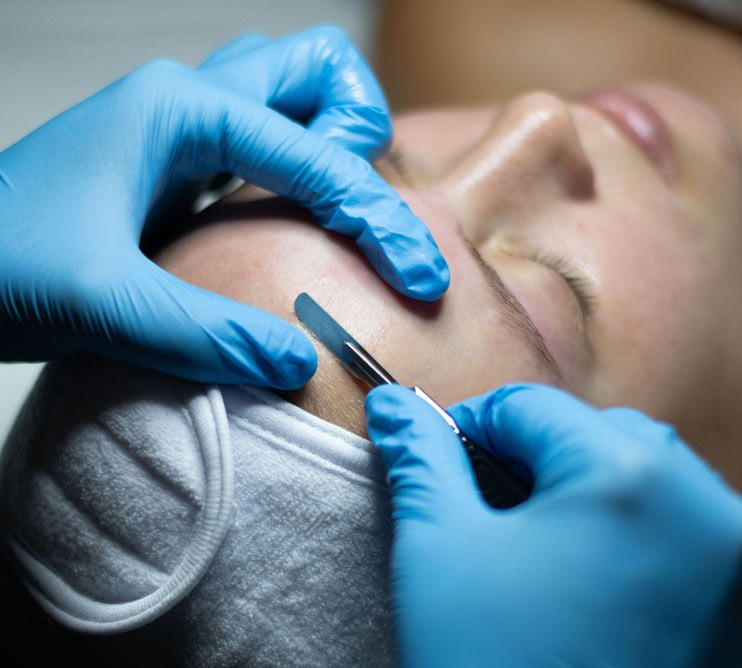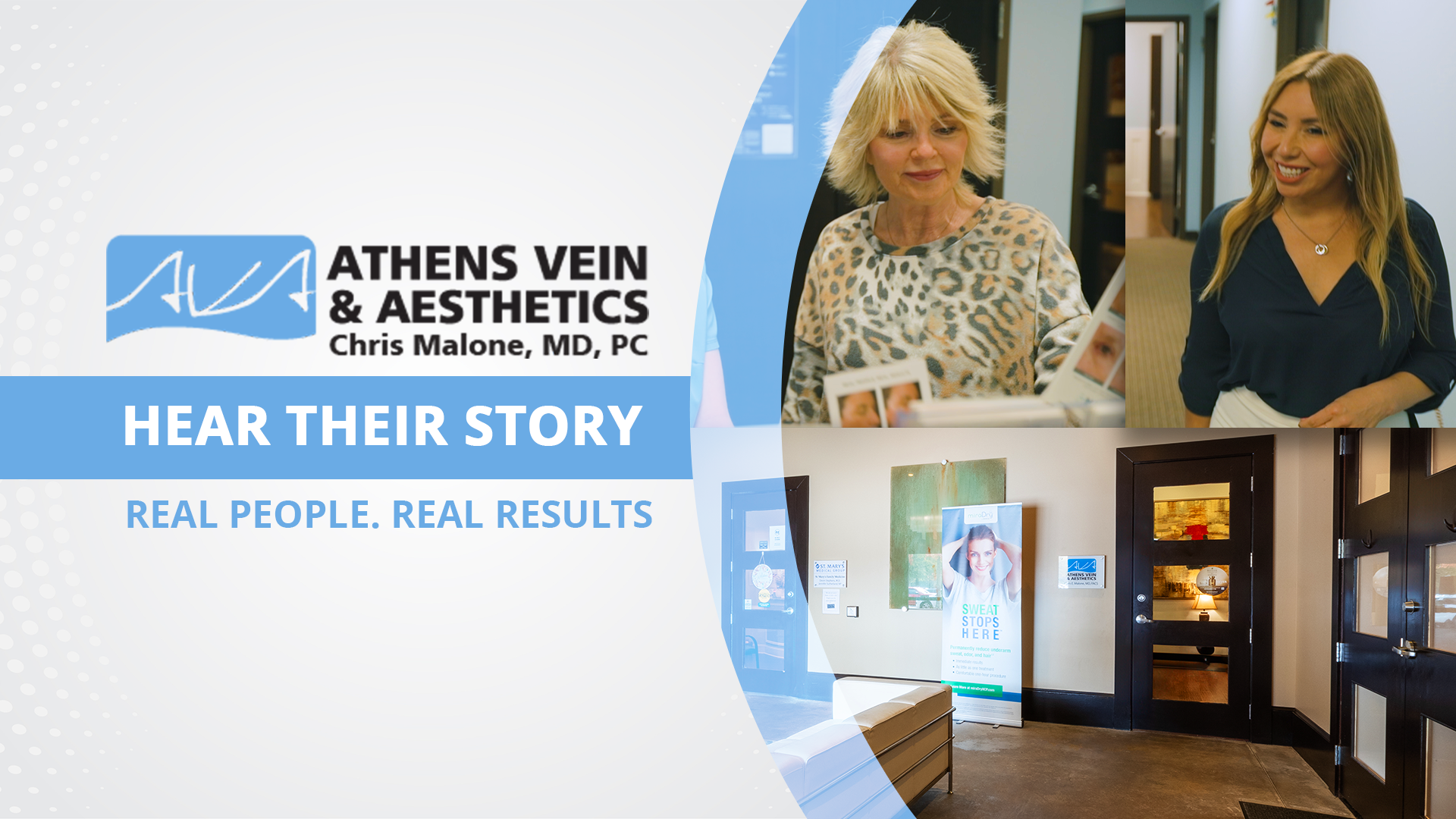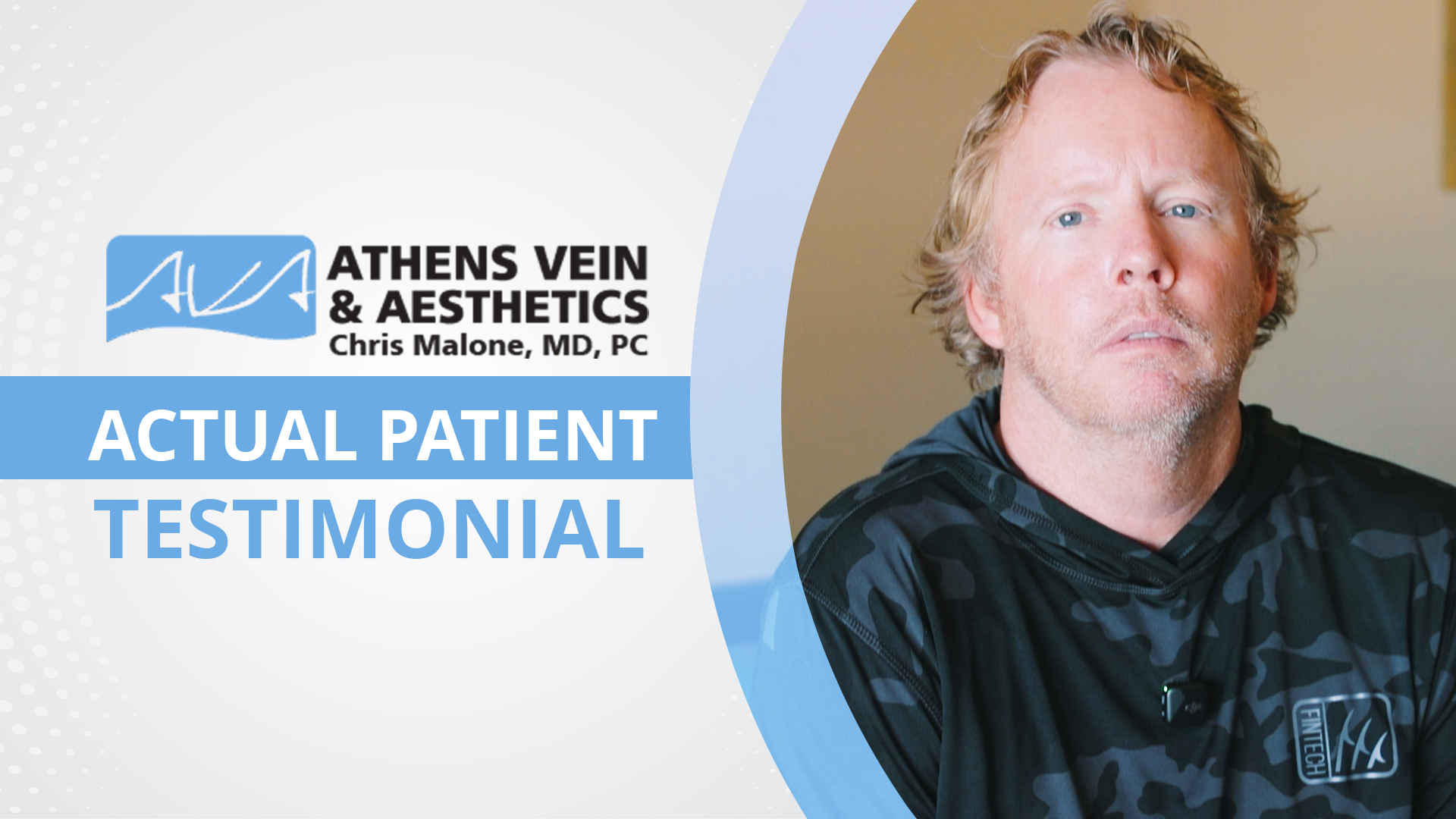Deep Vein Thrombosis: What Is It And How Serious Is It?

Deep Vein Thrombosis (DVT) is a medical condition where a blood clot (thrombus) forms in a deep vein, typically in the legs, though it can occur in other parts of the body as well. DVT is a serious condition because if the clot breaks loose, it can travel to the lungs and cause a pulmonary embolism (PE), which can be life-threatening.
Causes of Deep Vein Thrombosis: DVT occurs when there’s a disruption in normal blood flow, which can lead to the formation of blood clots. Some common causes and risk factors for DVT include:
Prolonged immobility: This is one of the most common causes. Sitting for long periods (e.g., on a long flight, during a long car ride, or while bedridden) can slow blood flow, increasing the risk of clot formation.
Injury to a vein: Any injury to a vein, such as from surgery or trauma, can cause blood to clot around the injured area.
Medical conditions: Certain conditions make blood more prone to clotting, such as:
Cancer
Heart disease
Obesity
Inflammatory bowel disease (IBD)
Genetic factors: Some individuals inherit conditions that increase the risk of blood clotting, such as Factor V Leiden or antiphospholipid syndrome.
Medications: Birth control pills or hormone replacement therapy (HRT) can increase the risk of DVT. Some medications, such as chemotherapy drugs, can also raise the risk.
Age: People over the age of 60 are at a higher risk of developing DVT.
Pregnancy: The increased pressure on veins in the pelvis and changes in blood chemistry during pregnancy increase the risk.
Smoking: Smoking damages blood vessels and increases clot formation.
Symptoms of DVT: Not everyone with DVT will experience symptoms, but common signs include:
Swelling in one leg (most common symptom)
Pain or tenderness in the leg, especially when standing or walking
Red or discolored skin on the leg
Warmth in the affected area
Swollen veins that may be more visible
In some cases, DVT can be asymptomatic, meaning it may not cause noticeable symptoms until complications occur.
Complications of DVT: The most dangerous complication of DVT is pulmonary embolism (PE), which occurs when a clot breaks loose and travels to the lungs, blocking blood flow. Symptoms of a pulmonary embolism include:
Sudden shortness of breath
Chest pain, which may get worse with deep breathing or coughing
Rapid heart rate
Coughing up blood
Lightheadedness or fainting
If left untreated, PE can be fatal, so DVT requires prompt medical attention.
Diagnosis of DVT: To diagnose DVT, doctors may use a combination of the following:
- Physical Exam: Doctors may check for swelling, pain, and other physical signs.
- Ultrasound: The most common and non-invasive test to confirm DVT. An
ultrasound uses sound waves to visualize the blood flow in the veins and detect clots.
- D-dimer Test: A blood test that measures the levels of a substance released when
a blood clot breaks up. High levels may suggest the presence of a clot, but this test is not
specific to DVT.
- CT or MRI: In some cases, especially for clots in areas other than the legs, a CT
scan or MRI may be used to diagnose DVT.
Prevention of DVT: If you're at risk for DVT, certain measures can help prevent it:
- Move regularly: If you're immobile (e.g., during long flights or while recovering
from surgery), try to move your legs regularly to improve blood circulation.
- Wear compression stockings: These can help prevent DVT, especially after surgery
or if you're traveling long distances.
- Stay hydrated: Dehydration can make blood thicker and more prone to clotting.
- Elevate your legs: If you're sitting or standing for long periods, elevate your legs to
improve circulation.
- Exercise: Regular physical activity helps maintain good circulation and reduces the
risk of clotting.
- Medications: For high-risk individuals, blood thinners or other medications may
be prescribed as a preventive measure.
When to See a Doctor:
If you suspect you may have DVT or are experiencing symptoms like unexplained swelling, pain, or redness in your leg, seek medical attention immediately. It's crucial to diagnose and treat DVT early to prevent serious complications. If you suspect that you may be suffering from vein disease, it is important to seek the guidance of a vein treatment specialist. By doing so, you increase the chances of receiving an accurate diagnosis and appropriate treatment. So, don’t wait any longer, call Athen’s Vein & Aesthetics at 706-850-3444 and schedule your vein consultation today!










